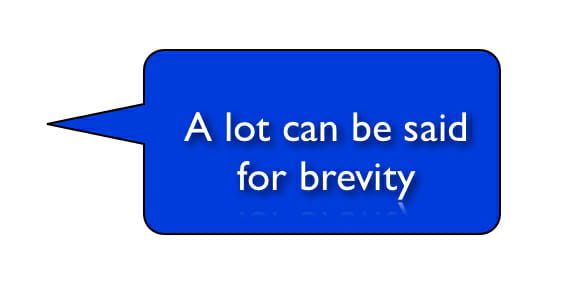Sooner or later, someone will accuse your organization of wrongdoing. When that happens, don’t act like Scott Brown.
Brown is the former U.S. Senator from Massachusetts whom Elizabeth Warren turned out of office. He moved over the state line, and now he’s running for the Senate from New Hampshire. He started out with great name recognition.
But now, his campaign is in trouble because he accepted stock worth $1.3 million to advise a Florida company, GDSI, originally founded to sell beauty products on its merger with a bankrupt firearms company.
Brown initially denied that there was anything wrong with GDSI or his role there. Then on Wednesday, June 4, he resigned from the company. On Friday, June 6, the Boston Globe reported the company had lied about the value of the company it was acquiring.
Where Brown Went Wrong
I’m not a fan of Brown’s. I don’t know anything about corporate mergers. But I can tell you that from a public relations perspective, everything Brown did was wrong: both before and after he resigned from GDSI.
If you ever face a possible scandal, do the opposite.
Before: No one at the Brown campaign seems to have understood that the GDSI connection would destroy Brown’s brand.
- Brown portrays himself as a good old boy who wears a barn jacket and drives a pickup truck. Somebody should have asked: How does that jibe with being a high-paid corporate advisor?
- Brown claims to be a truth-teller and a straight shooter. Dodging questions about GDSI for days and then resigning because “it had become a distraction” looks like being just another politician. Did nobody realize that?
What you should do instead:
- Get an outsider’s perspective. Find out how you look to people who don’t know as much, or care as much about your organization as you do.
- Reinforce people’s sense of what’s right about you and act decisively to address what’s wrong.
After: In his Massachusetts race and his time as Senator, Brown started to acquire a reputation for being thin-skinned. The way his office responded to the news of GDSI’s allegedly fraudulent press release reinforced that damaging perception.
“Your conspiracy theories and assumptions are completely wrong,” Brown’s communications director, Elizabeth Guyton, said in response to [Boston Globe] queries. She did not elaborate, and Brown would not agree to an interview.
Even allowing for the Globe’s “gotcha” journalism, that was a poor response.
What you should do instead:
- Sound concerned.
- Get the whole story, and put it out first.
- Give the media what they need, so they’ll move on.
- Remember that people will find out how you speak to the media. Be unfailingly polite and patient, and never defensive.
- Rally your allies. Prominent people outside your organization and clients of your organization can help you restore your reputation…and change the subject.
